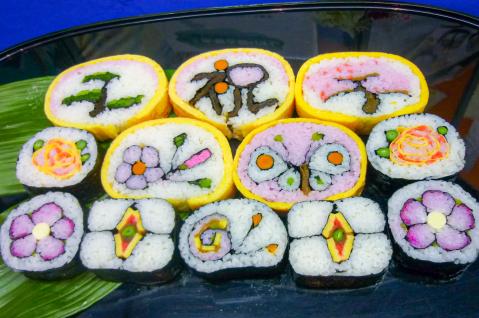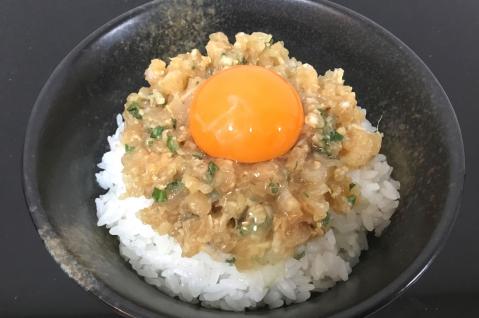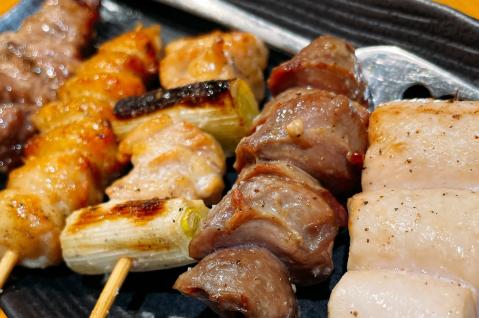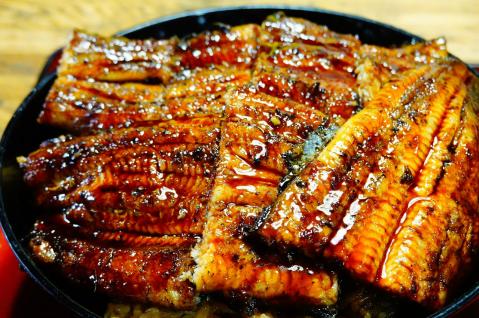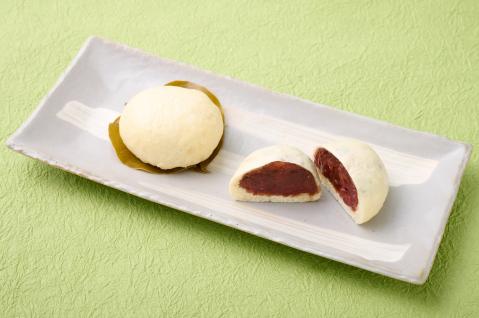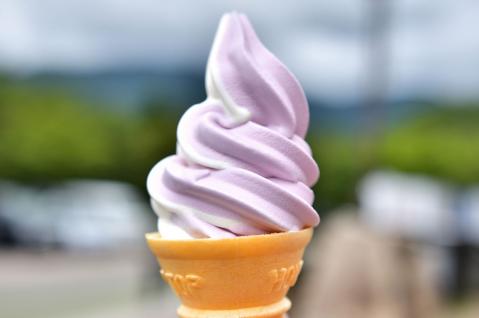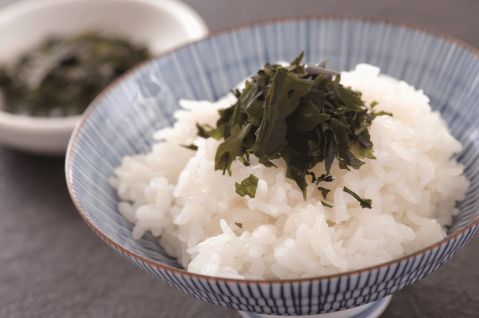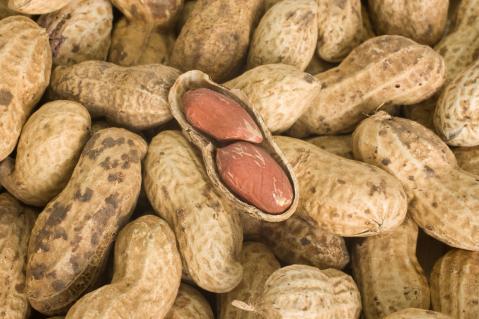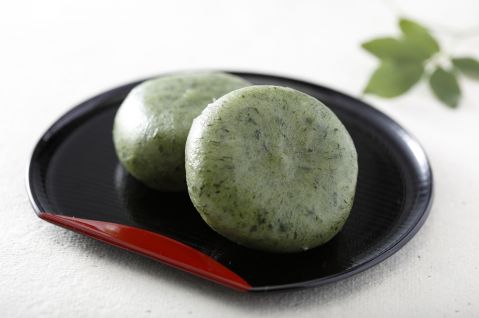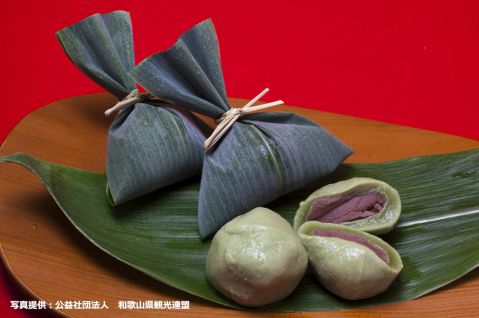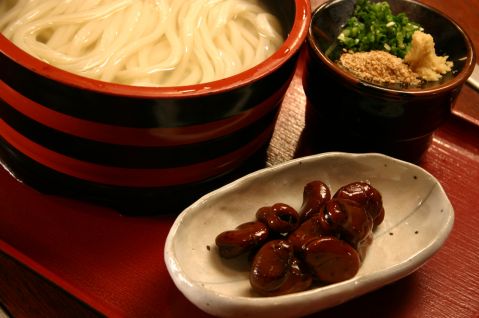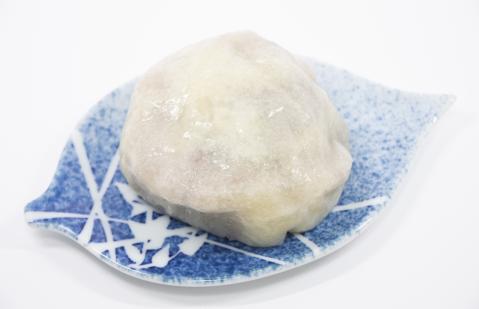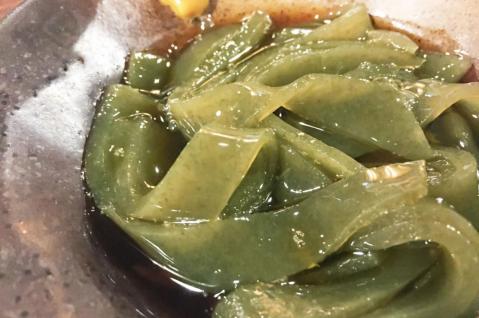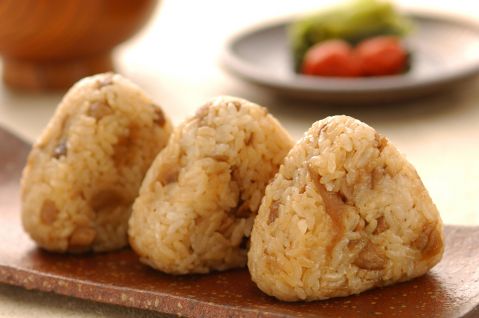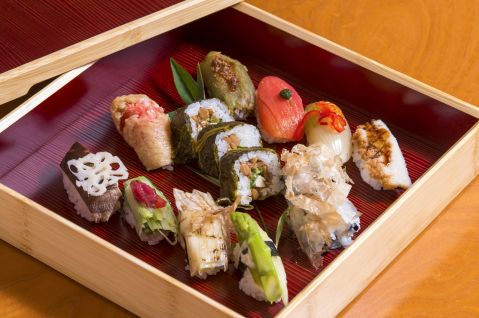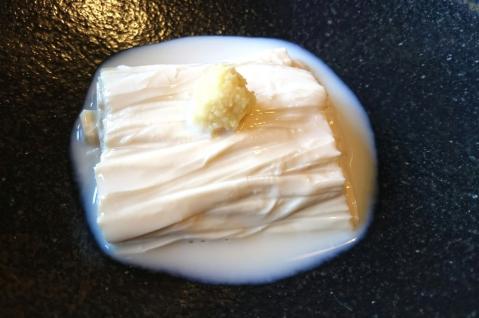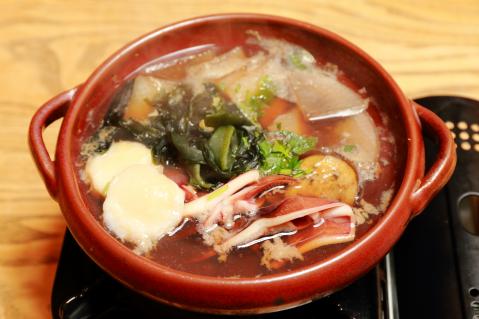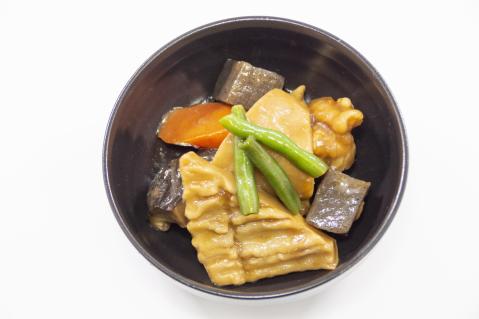Kujira no Tare (Whale Jerky)
A traditional delicacy from Minami-Boso in Chiba Prefecture

About Kujira no Tare (Whale Jerky)
Kujira no Tare (くじらのたれ, Whale Jerky) is a traditional dish from the Minami-Boso region of Chiba Prefecture, made by marinating whale meat in a special sauce and drying it. The appearance is strikingly dark, reminiscent of charcoal or seaweed, with a texture resembling tree bark.
The whale used for Kujira no Tare comes from the Baird's beaked whale, locally known as "Tsuchi Kujira," which can grow up to 12 meters in length. Archaeological discoveries of numerous whale bones in the Kamakura area suggest that coastal whaling may have begun in the Boso Peninsula as early as the late Kamakura period in the 13th century, continuing through the Muromachi period (14th–15th centuries). Unlike the more common “net whaling” practiced in other regions, the deep-diving nature of the Tsuchi Kujira led the Minami-Boso region to adopt the unique “spearing method,” which became a distinctive feature of their whaling practices.
Whaling was widespread across Japan until the Showa period, and whale meat was a common food for ordinary households. Kujira no Tare originated as a way to preserve whale meat in the times before refrigeration. Its name is thought to come from the process of marinating (tare) the whale meat and drying it, while another theory suggests it comes from the custom of hanging it under the eaves of houses to dry.
For the people of the Minami-Boso region, Kujira no Tare is an indispensable dish that embodies the taste of home. Even those who have moved to other regions often return to purchase this nostalgic delicacy, treasuring it as a symbol of their roots.
Reviews
There are no reviews yet.

